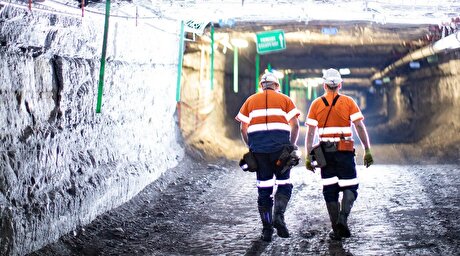
NASA’s MSFC becomes the first customer of HRL's 7A77 aluminium 3D printing powder
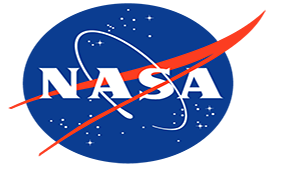
MSFC aims to explore the potential of 3D printing large-scale aerospace components using 7A77 powder.
“Certainly, the 7A77 feedstock powder could unlock the production of large-scale components produced via fusion-based additive manufacturing,” explained Omar Rodriguez of NASA’s Marshall Space Flight Center.
HRL Laboratories is jointly owned by General Motors, and the Boeing aerospace corporation. The started the development process for 7A77 aluminium powder in 2014, when researchers in HRL intended to create a 3D printable version of Al-7075, a traditionally non-weldable and commonly used aluminium alloy for high-stress applications. In September 2017, the HRL Laboratories team published a paper announcing that they had succeeded in 3D printing the non-weldable, high-strength aluminium alloy. The HRL research team made the tough but brittle alloy compatible with additive manufacturing in order to expand its applications across high value sectors like aerospace, automotive and oil & gas.
7A77 feedstock powder is now the first additive manufacturing aluminium alloy registered with the Aluminum Association. Customers can now buy the 7A77 aluminium powder from HRL for use with standard “off-the-shelf” 3D printers.
“Our goal is to provide the highest quality powder to HRL’s LLC members in the aerospace and automotive industries, as well as other commercial customers,” said Zak Eckel from HRL Additive.
MSFC plans to conduct research around 7A77 aluminium feedstock powder and 3D print different sized test parts with the powder using fusion-based additive technology before subjecting them to rigorous assessment.
NASA MSFC has a long history of developing additive manufacturing for aerospace. If successful the 7A77 aluminium powder will be a part of its additive manufacturing facility for aerospace related products.



BHP, Vale accused of ‘cheating’ UK law firm out of $1.7 billion in fees
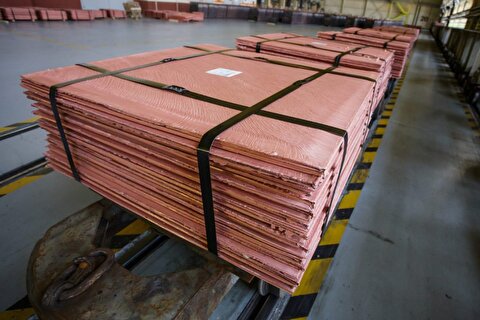
Trump tariff surprise triggers implosion of massive copper trade
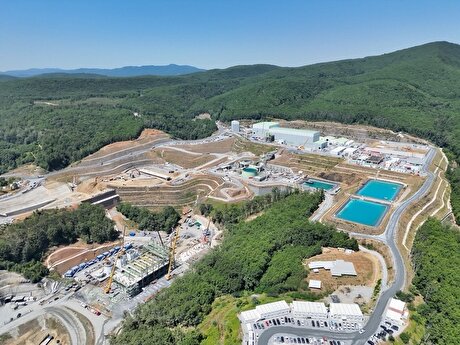
Eldorado to kick off $1B Skouries mine production in early 2026
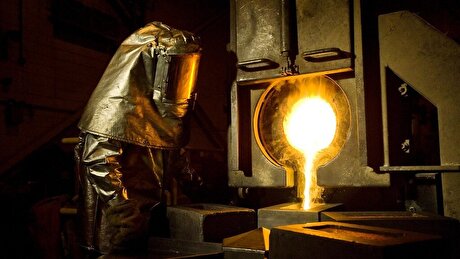
Newmont nets $100M payment related Akyem mine sale
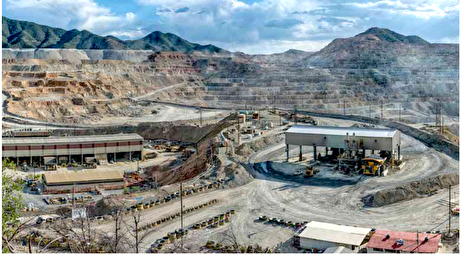
Southern Copper eyes $10.2B Mexico investment pending talks
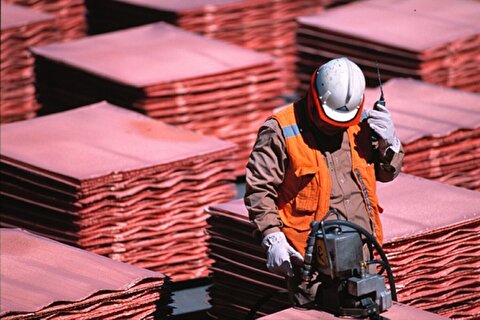
Copper price collapses by 20% as US excludes refined metal from tariffs

St Augustine PFS confirms ‘world-class’ potential of Kingking project with $4.2B value

Maxus expands land holdings at Quarry antimony project in British Columbia

First Quantum scores $1B streaming deal with Royal Gold

Caterpillar sees US tariff hit of up to $1.5 billion this year
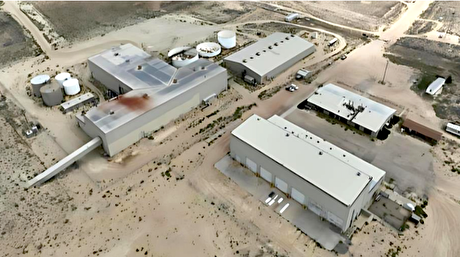
Uranium Energy’s Sweetwater plant on fast track for in-situ mining approval
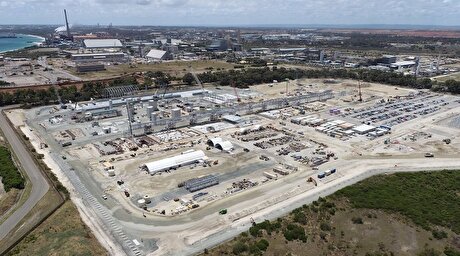
Tianqi Lithium Australia JV says it is prioritizing long-term viability of refinery

First Quantum scores $1B streaming deal with Royal Gold
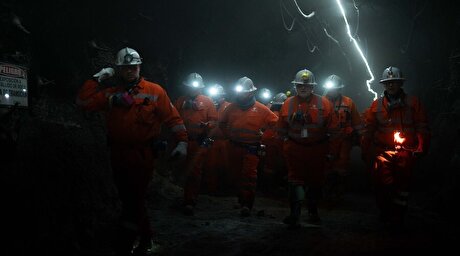
One dead, five missing after collapse at Chile copper mine

Eldorado to kick off $1B Skouries mine production in early 2026

Newmont nets $100M payment related Akyem mine sale
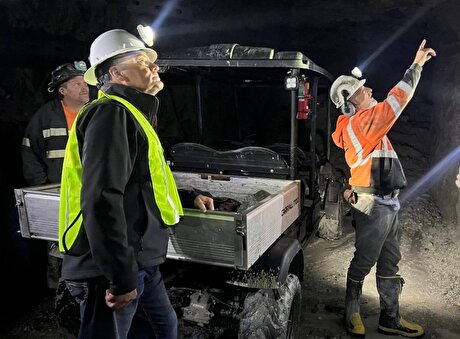
Idaho Strategic rises on gold property acquisition from Hecla

Goldman told clients to go long copper a day before price plunge
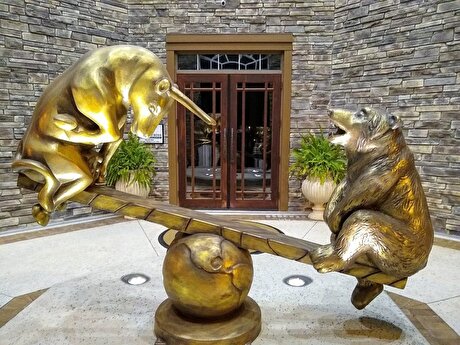
Gold price rebounds nearly 2% on US payrolls data

Caterpillar sees US tariff hit of up to $1.5 billion this year

Uranium Energy’s Sweetwater plant on fast track for in-situ mining approval

Tianqi Lithium Australia JV says it is prioritizing long-term viability of refinery

First Quantum scores $1B streaming deal with Royal Gold

One dead, five missing after collapse at Chile copper mine

Eldorado to kick off $1B Skouries mine production in early 2026

Newmont nets $100M payment related Akyem mine sale

Idaho Strategic rises on gold property acquisition from Hecla

Goldman told clients to go long copper a day before price plunge














